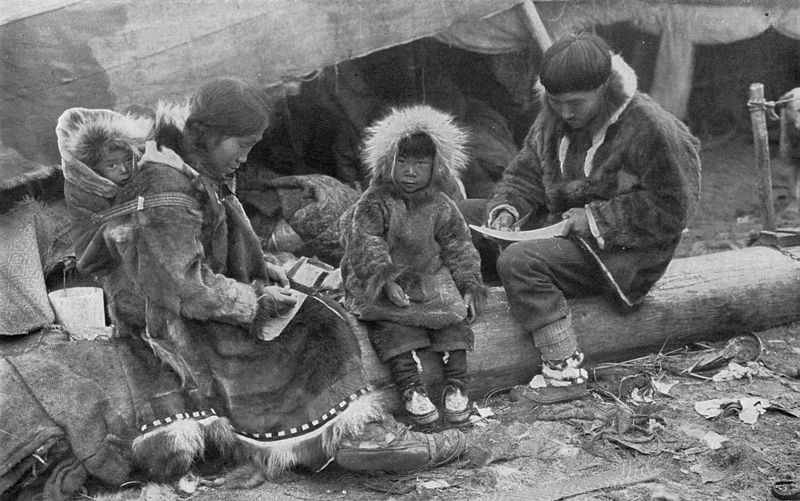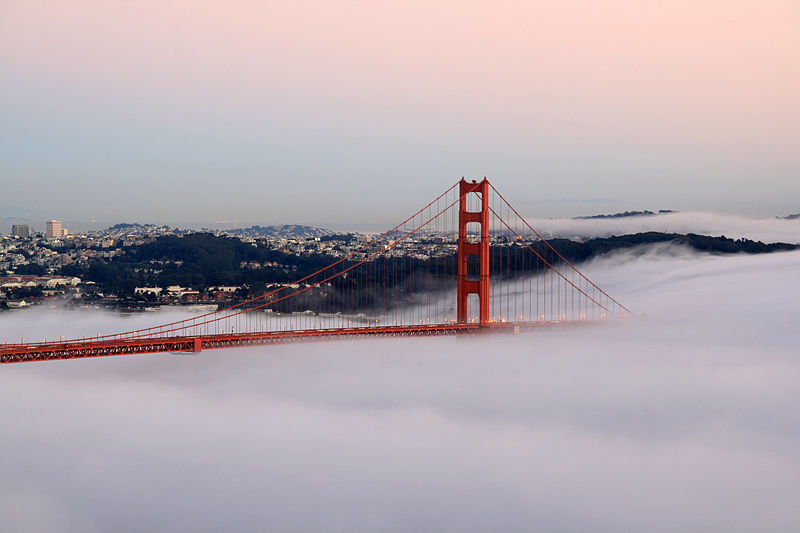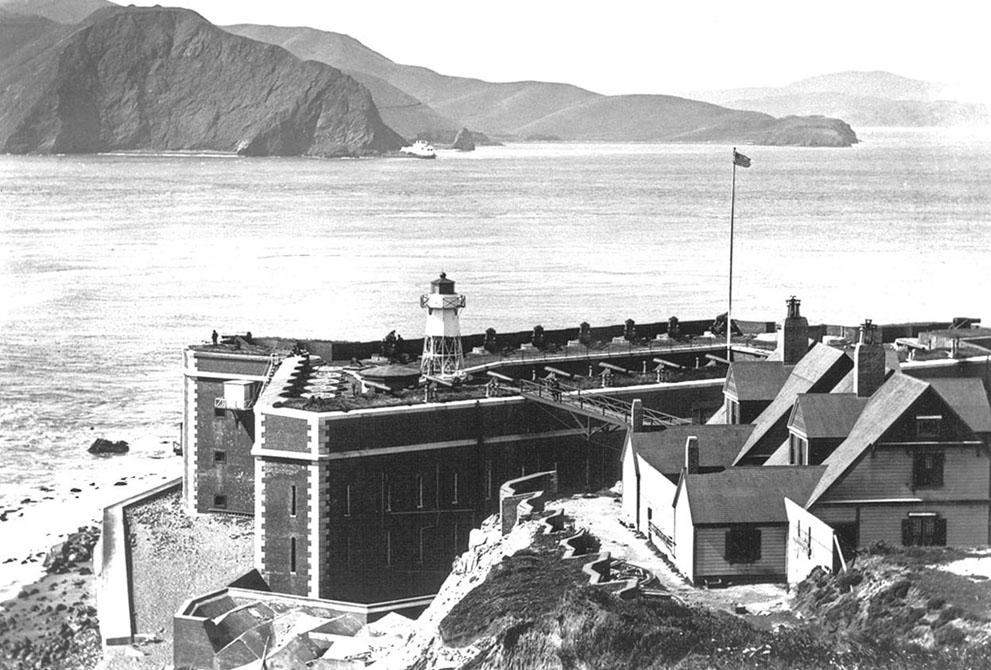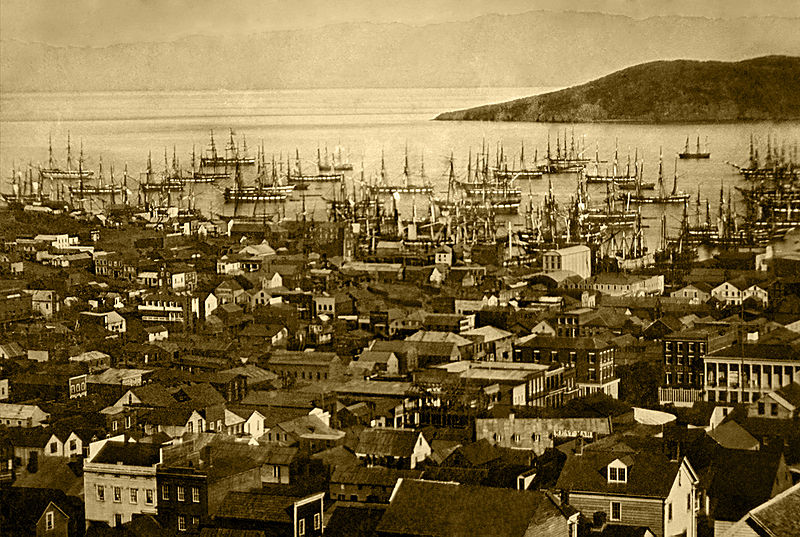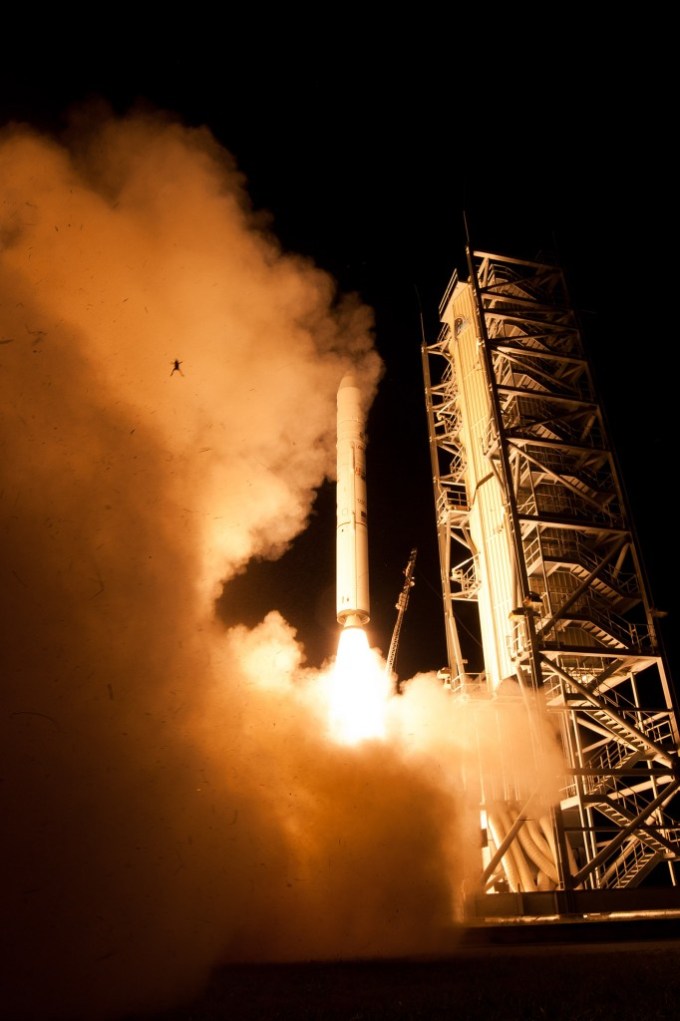I have previously extolled the virtues of Kodak’s “Kodachrome” transparency film. This is part of the mystique of the “Analogue Days,” of film-based photography. I personally used three films: Kodachrome, High-speed Ektachrome, and Agfachrome. There were others, of course,but these were the ones that I used. The important point was that each of these transparency films provided the photographer with a unique set of aesthetic qualities. They functioned like an artist’s palette, and you could choose between them depending upon your mood and what you were photographing. Kodachrome was for warm pastels, Ektachrome for cool wintery scenes, and Agfachrome for vivid color. The phrase “film’s aesthetic quality” uses “quality” in the same sense that it is used in music to connote the individual voice of an instrument, here a film.
So, now I’m thinking of shoe boxes everywhere in the closets of aged photographers full of Kodachrome slides. National Geographic photographer Nathan Benn recently went through his closet, chose some of what he believed, were his finest slides and published them in a new book entitled “Kodachrome Memories.” I found myself going through this series several times trying to figure out whether Mr. Benn had really captured the quality of this wonderful film. Then I realized something. I was going through this set of pictures over and over again, and there were several images, in fact more than several images, that repeatedly made me smile. Kodachrome was not just a film with certain visual properties. More significantly, this film defines a period roughly in the center of the twentieth century, and our visual sense and collective memory of that period is inexorably intermingled with the aesthetic properties of Kodachrome – in the same sense that we think of the early twentieth century as black and white.
Let’s start with Benn’s 1973 photograph, “Vermont Barnyard,” with its cows set against a huge barn with peeling paint, and the laundry hanging out to dry. This is quintessential Kodachrome – Kodachrome at its best! Then there is his 1974 “Woman in a New Haven, Vermont Doorway.” The woman seems to define the back to basics mystique of the seventies. She isn’t looking at the camera, which creates a need for a story. She is young and beautiful and her bare dirty feet, charming. Then there is the 1984 image from South Memphis, TN capturing a couple kissing, because what tells a better story than a man and a woman kissing? Well, maybe it’s the 1983 picture of a little girl in a white dress in New Orleans, LA. And just as I found myself smiling at the Nanette hairstyle in Benn’s 1973 photograph from Cleveland, Mississippi of a young woman standing in front of a Coke machine, I found the 1990 picture of a Pittsburgh, PA office worker. God, were those hairstyles awful!
I wouldn’t say that I want to go back permanently, but I am grateful to Nathan Benn for taking me back for a short visit. It’s always nice to remember where we have been. The book is “Kodachrome Memory: American Pictures 1972-1990.” It was around 1995 when a press photographer came into my lab and talk pictures with a very expensive digital SLR. I was amazed and now Kodachrome is truly a memory!
